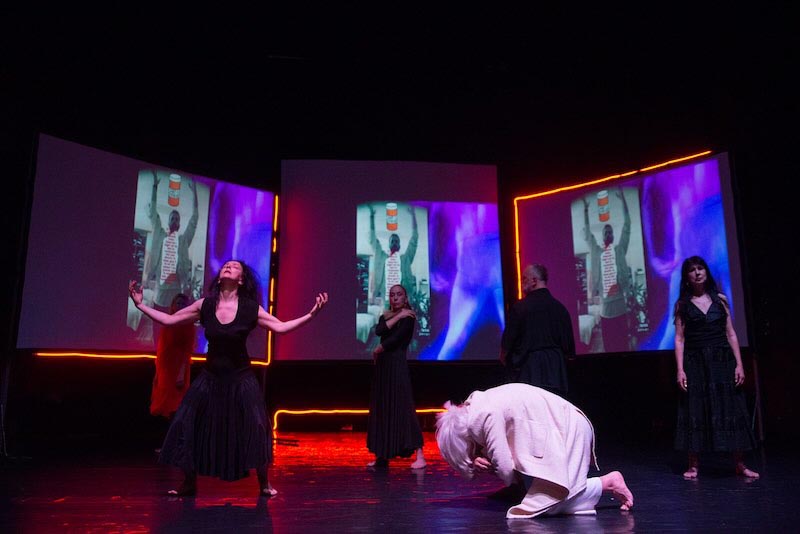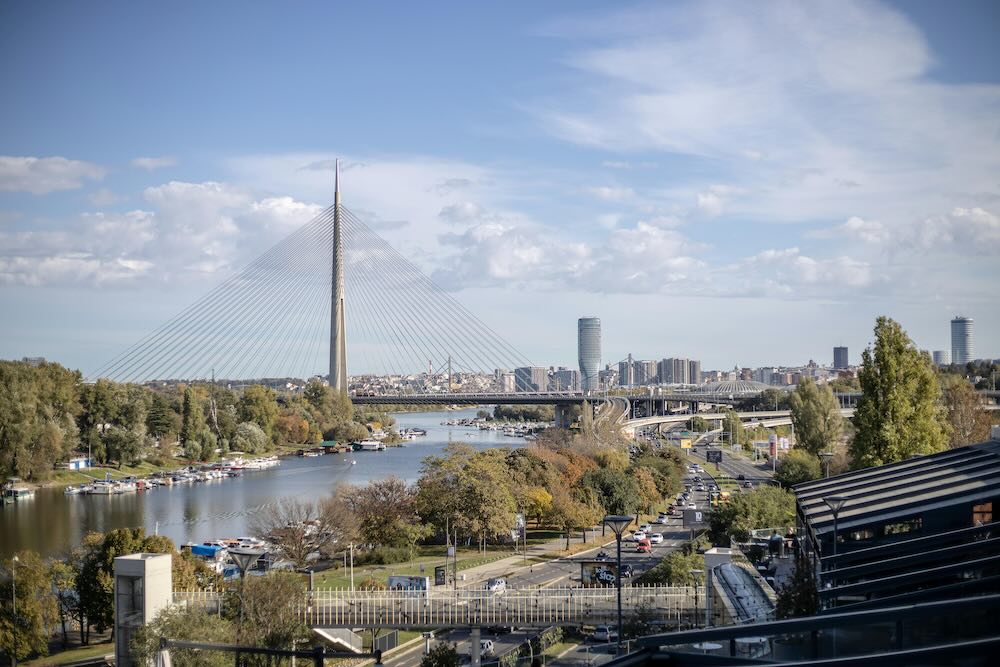Exactly half of Serbs are – albeit with reservations – in favor of their country joining the European Union. The other half – also with reservations – vote for Russia.
Every election result is a neck-and-neck race that can certainly be easily manipulated. Every election result in this country, south of Hungary and east of Croatia, is just as fundamentally questionable as one half of the population contradicts the other half on principle.
We are familiar with this division from many countries, such as the USA or Slovakia. Where two sides defend their respective ethos, in Serbia that of communist-based partisan pride here and there that of economic liberals who look enviously at the fallen trade barriers within the EU, something is probably really wrong in this country.
The population may have eyed the election result in early 2024 in favor of President Aleksandar Vučić with suspicion. However, they did not demonstrate against this at home, but traveled to Belgrade, the lively capital, which is always to blame anyway.

